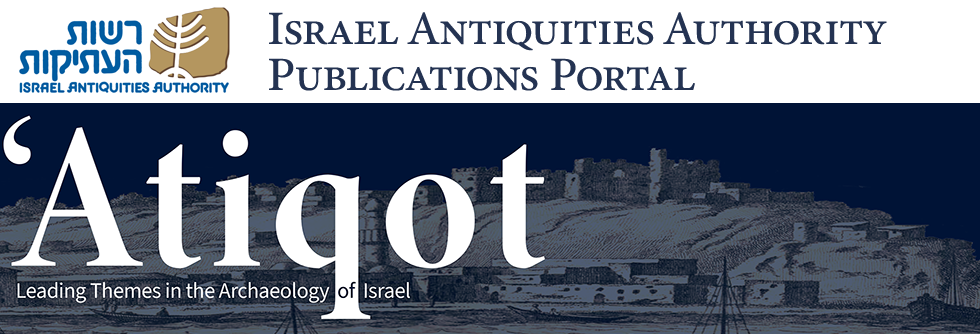Abstract
Selected metal artifacts and slag from the small-scale Umayyad-period metallurgical workshop uncovered in Givʻati Parking Lot were subjected to chemical and Lead Isotope Analysis. Based on the homogeneous lead isotopic composition of the objects, it was concluded that they were mass-produced during the Byzantine period, using lead from a single source, possibly in Britain or in France. The activity in the workshop included the remelting of older Byzantine-period cultic paraphernalia to form new objects.
Keywords
metallurgy, chemistry
Recommended Citation
Yahalom-Mack, Naama; Tirosh, Ofir; and Erel, Yigal
(2022)
"Chemical and Lead Isotope Composition of Metal Scrap from Giv‘ati Parking Lot, Jerusalem (pp. 347–349),"
'Atiqot: Vol. 106, Article 26.
DOI: https://doi.org/10.70967/2948-040X.1891
Available at:
https://publications.iaa.org.il/atiqot/vol106/iss1/26
Included in
Agriculture Commons, Biblical Studies Commons, History of Art, Architecture, and Archaeology Commons

